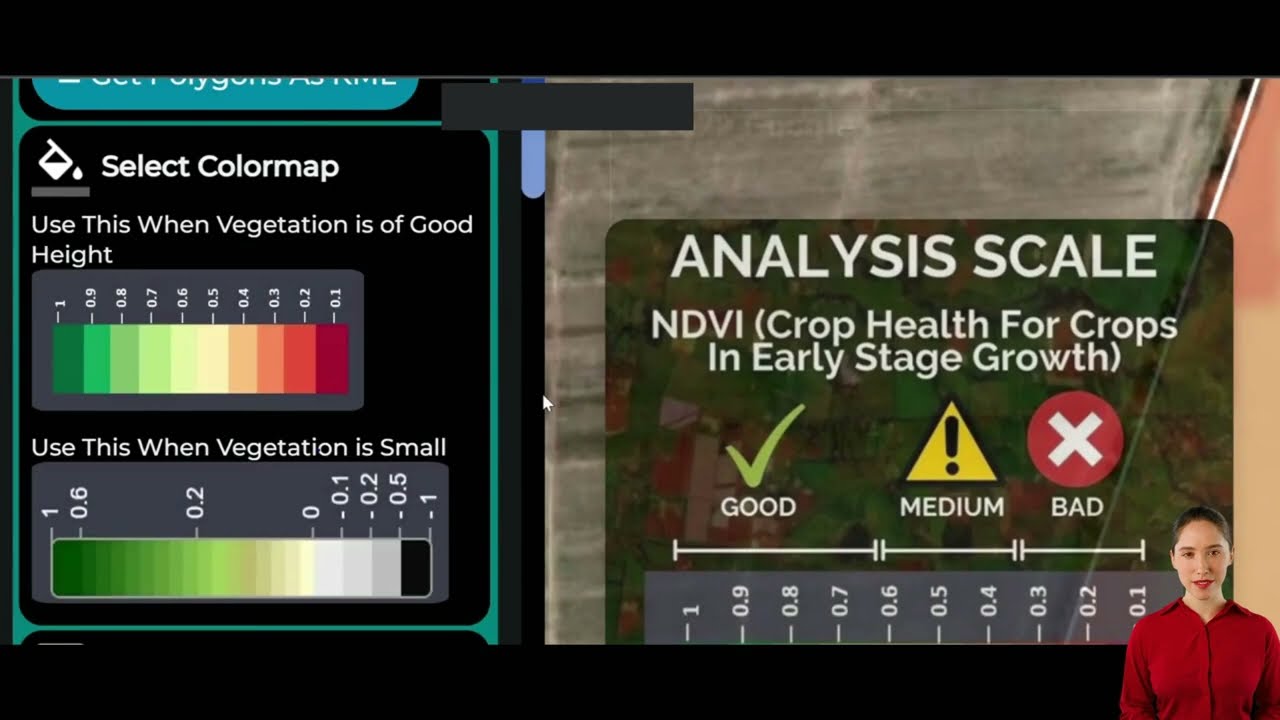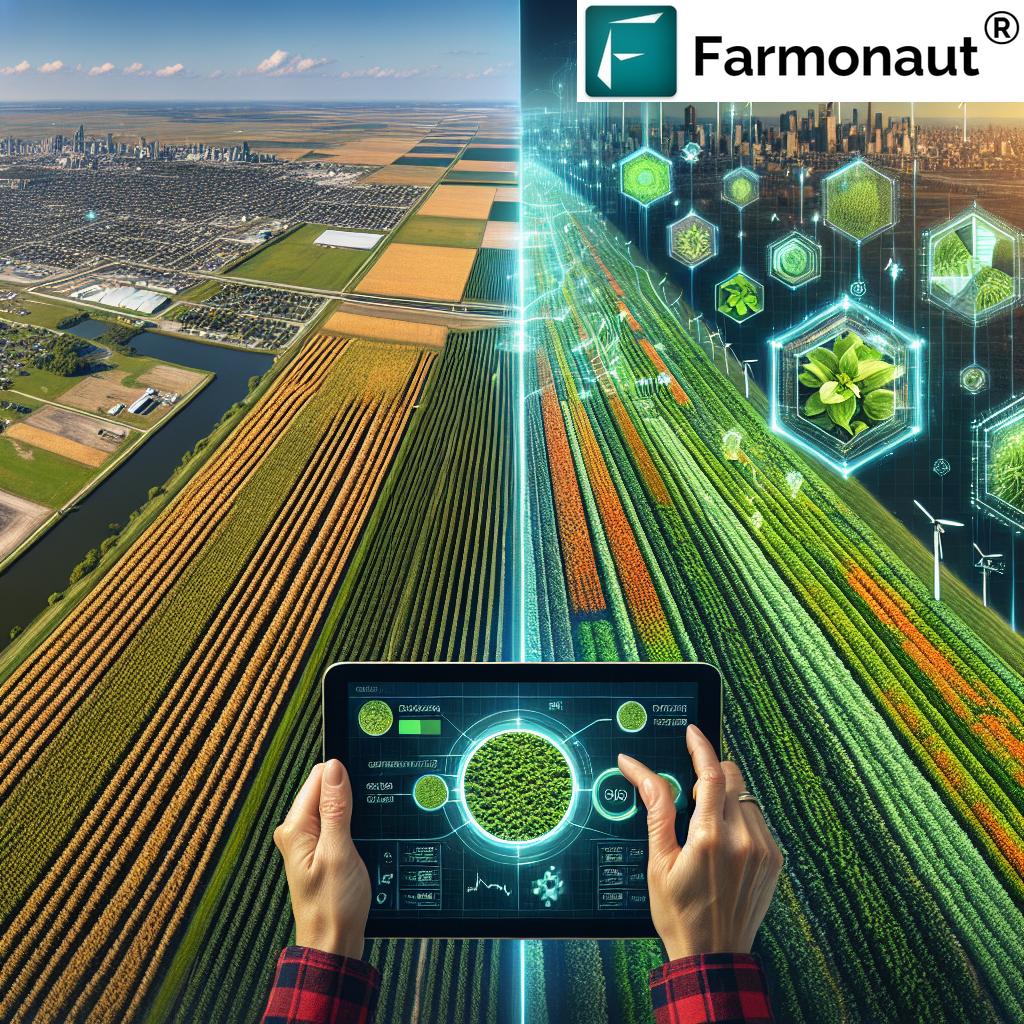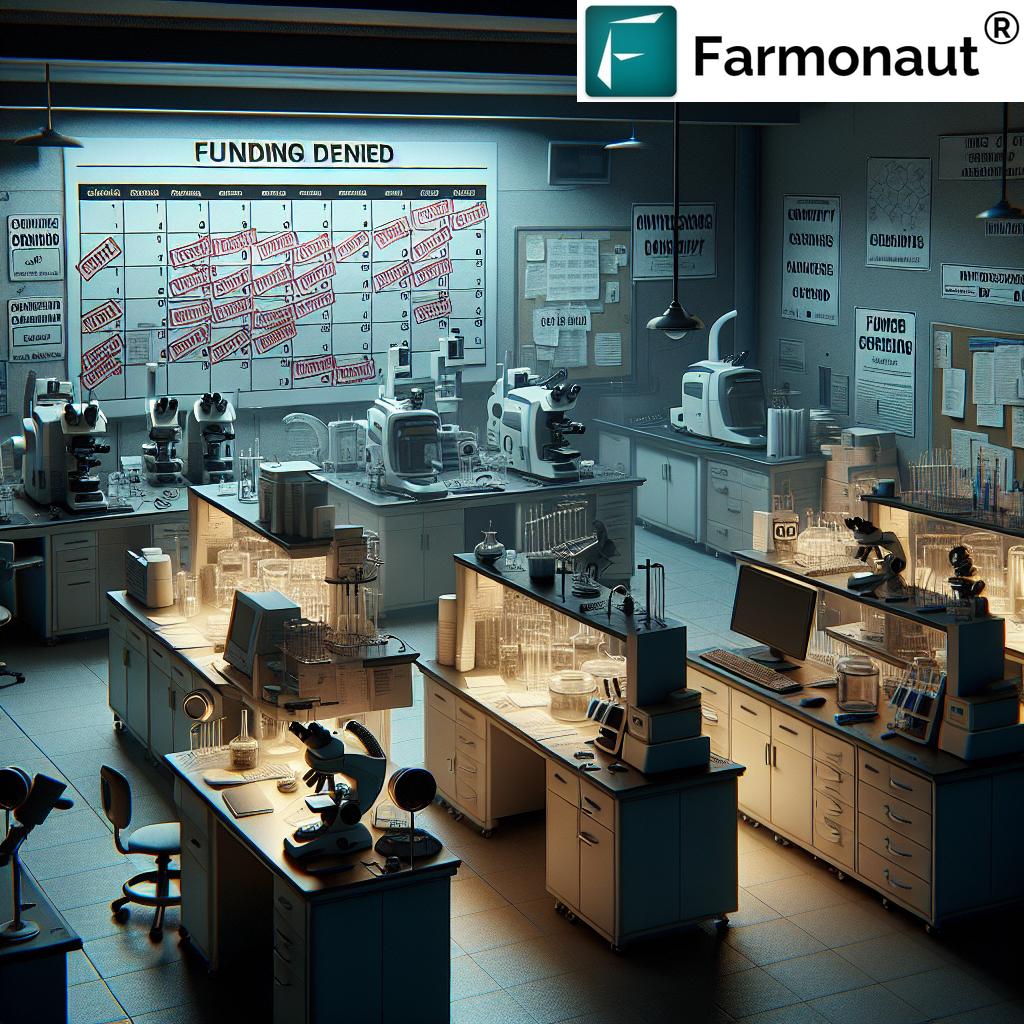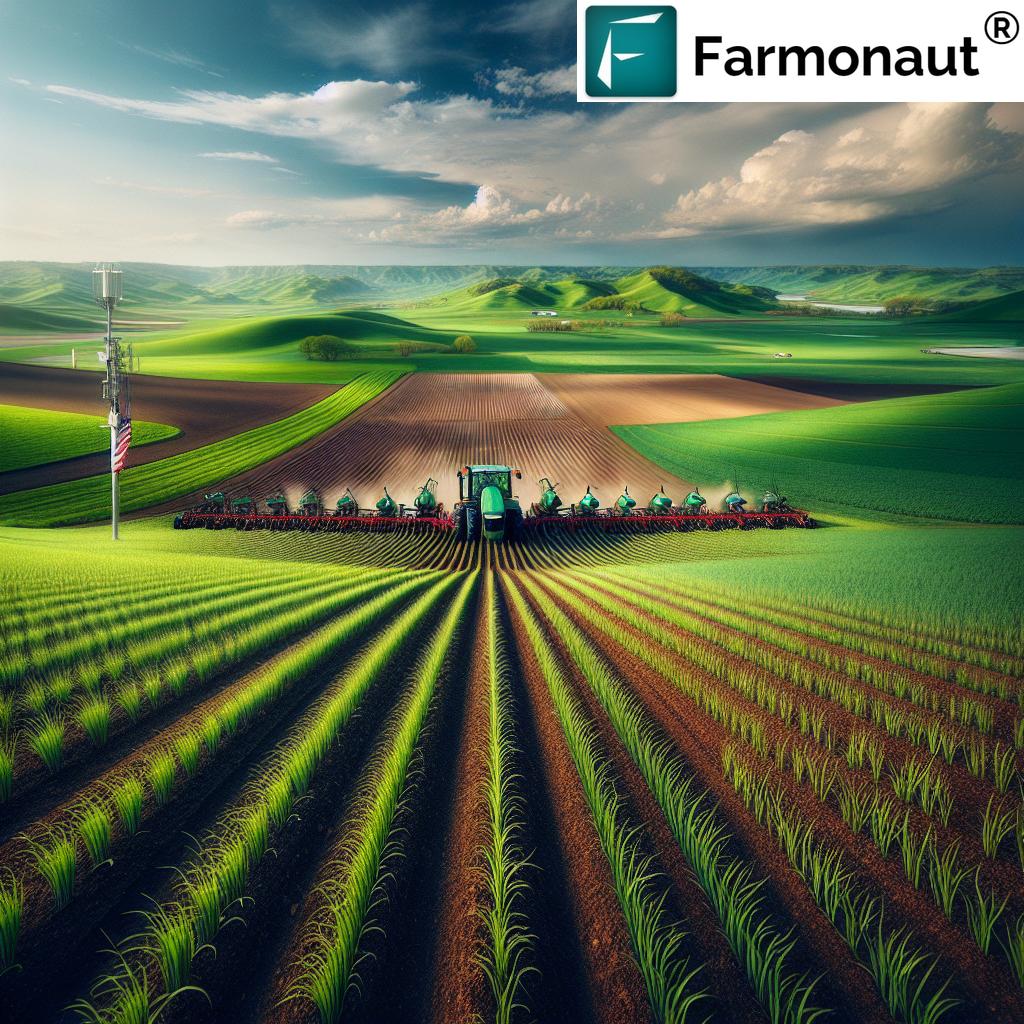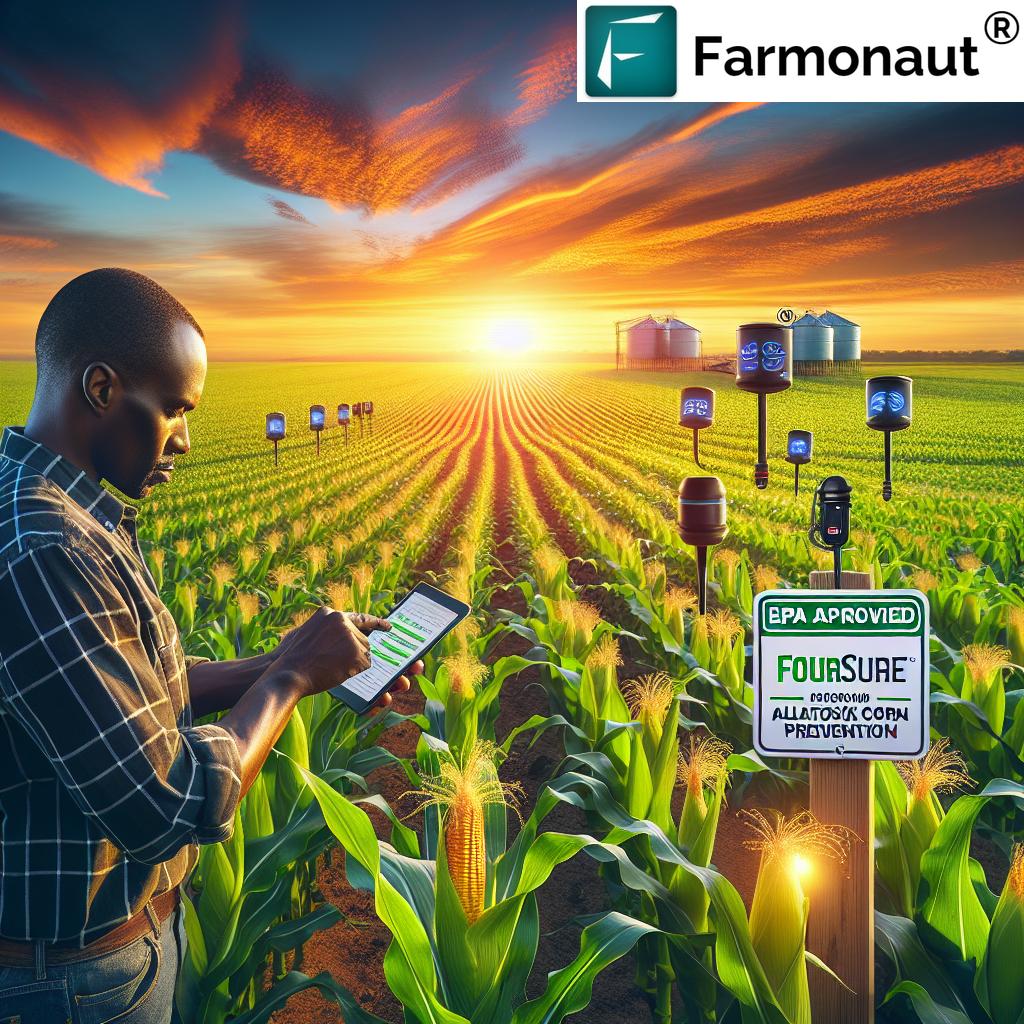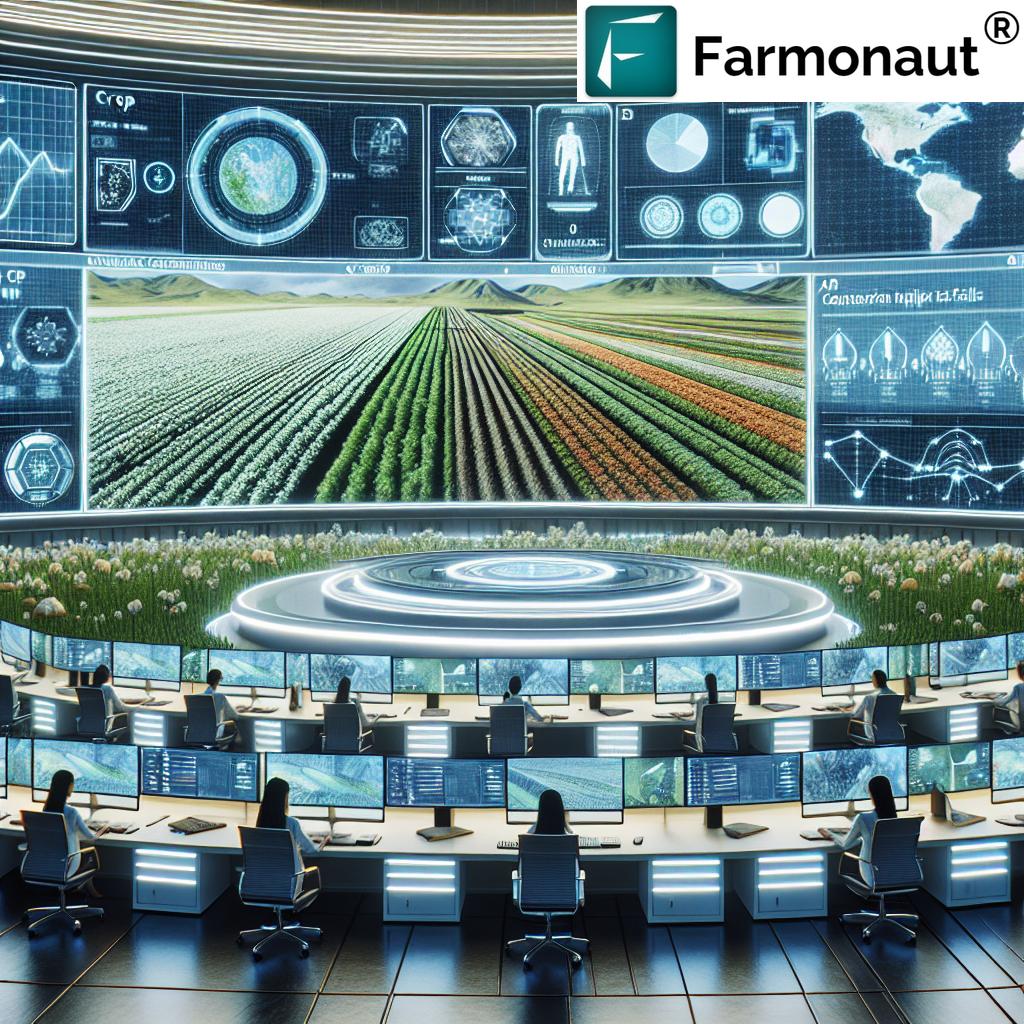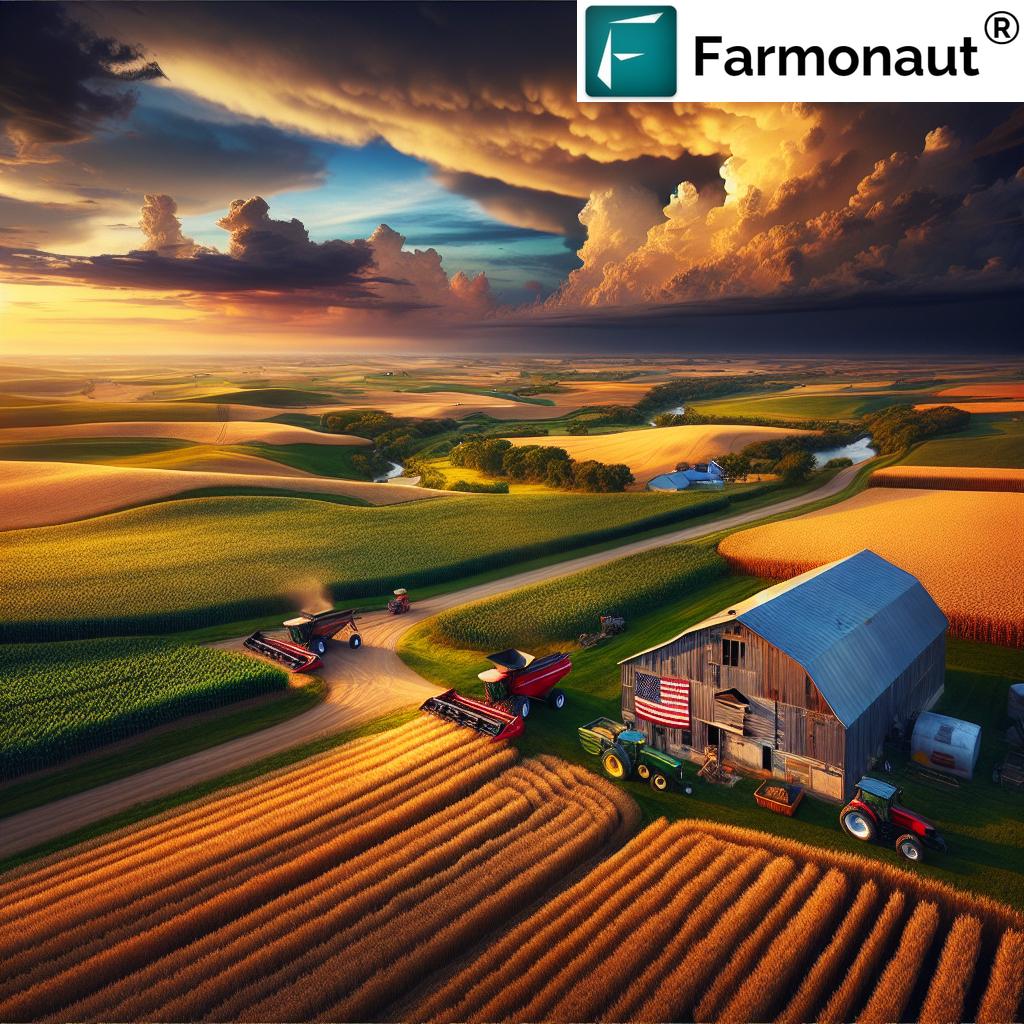Top 5 Indoor Agriculture Trends Transforming North American Farming
“Vertical farming in North America grew by 30% in 2023, revolutionizing local food supply chains.”
Introduction: The Rise of Indoor Agriculture in North America
As growers, technology providers, and conscientious participants in the food supply chain, we recognize indoor agriculture as the nutritional heart and technological engine of tomorrow’s food system. From bustling cities in the United States and Canada to rural North American towns, the latest developments in indoor agriculture are revolutionizing how we grow, distribute, and consume healthy produce. The adoption of sustainable farming methods, combined with innovative growing technology, is reshaping the way our communities access fresh, locally grown produce.
In this definitive exploration, we examine how controlled environment indoor agriculture is delivering superior market results, supporting financial growth, and empowering retailers to meet the rising demand for healthy, nutritious, and sustainable food. As key industry players like Local Bounti and providers of advanced agri-tech like Farmonaut lead the way, the American agricultural landscape is becoming more resilient, efficient, and responsible—a transformation all stakeholders must understand and leverage.

Local innovation is redefining North American farming—from advanced vertical farms to AI-driven systems.
It’s essential to appreciate the synergy between advanced agriculture in North America and evolving consumer preferences for nutritious, indoor grown food. Our examination covers market trends, up-to-the-minute financial results, sustainable farming methods, and new technologies across the rapidly expanding indoor growing facilities.
Comparative Trends Table: Key Innovations in Indoor Agriculture
| Trend Name | Brief Description | Estimated Market Impact ($ Million, 2023) | Adoption Rate (% of Indoor Farms) | Expected Growth (2024–2027, % CAGR) |
|---|---|---|---|---|
| Vertical Farming & Stack & Flow | Maximizes yields per square foot through multi-layered growing using patented air and flow control systems. | $3,420M | 44% | 29% |
| Hydroponics | Soilless, water-based systems that drastically reduce water and land use while supporting high-density crops. | $2,380M | 61% | 24% |
| Controlled Environment Farming | Precise regulation of temperature, light, humidity, and nutrients to ensure consistent, high-quality growth year-round. | $2,670M | 57% | 19% |
| AI-Driven Crop Monitoring | Utilizes artificial intelligence and satellite data to optimize resource allocation and detect crop stress early. | $1,175M | 37% | 33% |
| Blockchain Traceability | Ensures food safety and supply clarity by tying produce origin, quality, and journey details into an immutable ledger. | $895M | 25% | 38% |
This comparative view summarizes how each trend is shaping the indoor agriculture sector, especially for North American markets seeking fresh, local, and sustainable food.
“Hydroponic systems now account for over 60% of new indoor agriculture investments in the region.”
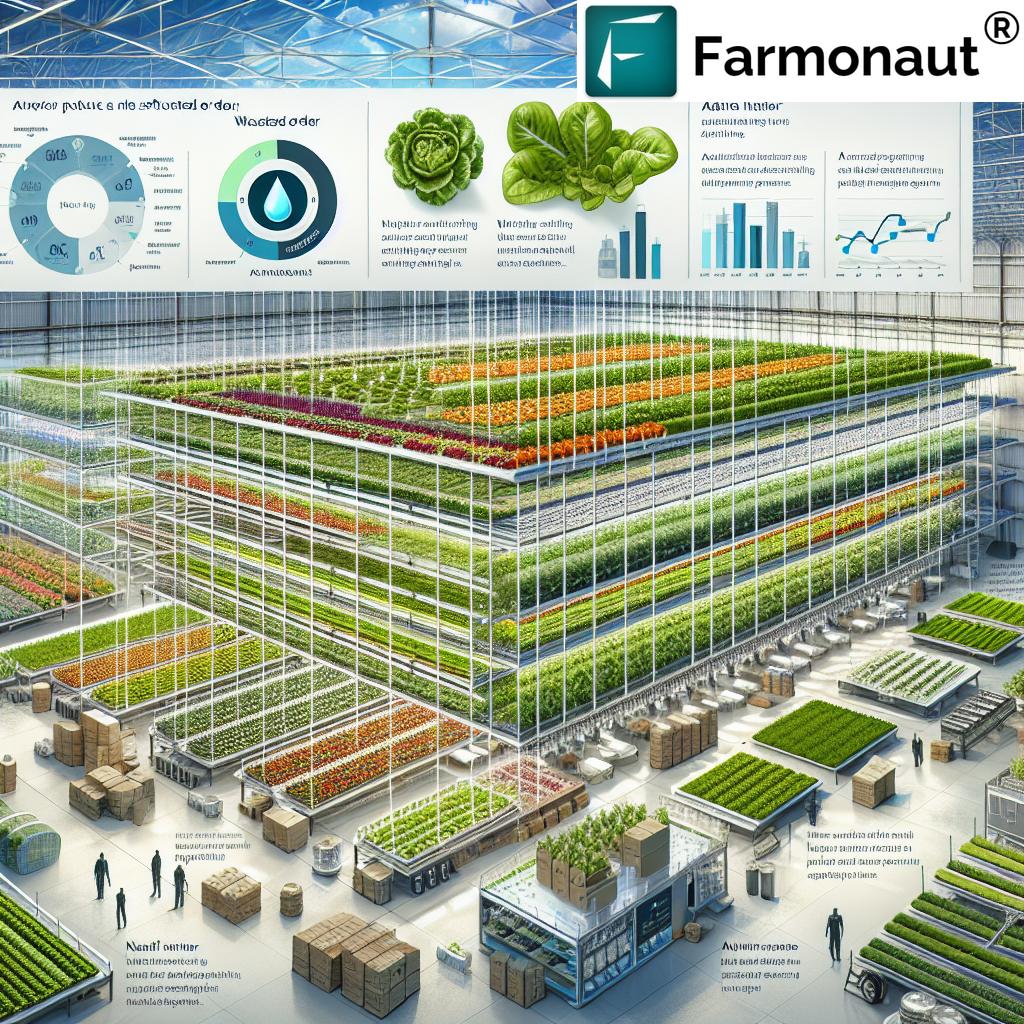
Hydroponic innovation is redefining regional food production standards through efficiency and scalability.
1. Advanced Vertical Farming & Stack & Flow Technology®
Vertical Farming: Maximizing Land Efficiency and Fresh, Local Food Production
Vertical farming, especially with technologies like Local Bounti’s patented Stack & Flow Technology®, is transforming North American agriculture by maximizing output on minimal land. Utilizing stacked layers—often in climate-controlled indoor growing facilities—this method increases the crop yield per square foot, enabling continuous, year-round production in virtually any environment.
- Market Impact: The vertical farming market in North America surpassed $3.4 billion in 2023, marking a 30% year-over-year growth, and shows a robust projected CAGR through 2027.
- Sustainability: These systems use up to 90% less land than conventional outdoor agriculture, easing pressure on natural ecosystems and supporting urban food security.
- Local and Nutritious: By localizing food production, vertical farming shortens the supply chain, ensuring fresher, more nutritious produce for retail markets and local communities. Products often have a longer shelf-life due to reduced handling and faster transit to market.
As local retailers and national supermarket chains expand sourcing from vertical farms, access to fresh locally grown produce becomes standard in both urban and semi-rural regions across North America. Continuous market penetration demonstrates how advanced indoor agriculture is fundamentally changing the American food supply.
2. Hydroponics & Water Efficient Agriculture
Hydroponics: Sustainable Growing Methods for a Water-Scarce Future
Water scarcity is a persistent concern across both American and international agricultural markets. Hydroponic systems, leading the way in water efficient agriculture, cultivate crops without soil, using precise mixtures of nutrient-rich water to consistently optimize plant health and yield.
- Efficiency: Hydroponics reduces water usage by up to 90% compared to conventional field farming, making it ideal for both arid regions and urban centers prioritizing sustainability.
- Adoption Rate: Over 60% of new indoor growing facilities in North America implemented hydroponic systems in 2023, aligning with surging investment and technology improvements.
- Flexibility: Multiple crop cycles per year are possible, facilitating profitable, high-frequency supply into the retail market for fresh greens, culinary herbs, and more.
Hydroponics ensures stable yields even when climate extremes or unpredictable weather disrupt conventional agriculture. For North America’s indoor agriculture market, this provides a reliable path to sustainability, lower input costs, and fresher, healthier food.
3. Controlled Environment Farming & Smart Facilities
Controlled Environment Farming: Precision and Productivity Combined
North American controlled environment farming is engineered to produce high-quality food regardless of season, climate, or external variables. By leveraging sensors, IoT systems, and advanced automation, modern indoor agriculture companies achieve:
- Consistent Quality: Every environmental element—temperature, CO₂, humidity, lighting—is monitored and adjusted, maximizing both crop health and market shelf-life.
- Resource Optimization: Real-time feedback systems promote efficient use of natural elements and inputs, such as water, nutrients, and energy.
- Reduced Risk: Indoor farming methods protect against pests, disease, and extreme weather, reducing waste and losses.
The result? A highly resilient, scalable, and sustainable food supply methodology serving large American cities and rural communities alike.
Discover how advanced large-scale farm management solutions empower farm owners and agribusinesses to monitor and manage multiple controlled environment operations from anywhere, maximizing both yield and efficiency.
4. AI-Driven Crop Monitoring & Satellite-Based Insights
AI & Satellite Technology: The Brainpower Behind Modern Indoor Farming
As indoor agriculture facilities become more advanced, reliance on real-time data is paramount. Artificial intelligence, when paired with satellite-based monitoring systems, offers unparalleled control and early detection capabilities. This trend is rapidly gaining traction among North American indoor growers seeking yield optimization and risk reduction.
- Yield Prediction: AI models can forecast crop growth, detect stress or disease early, and enable course-correction before issues impact yields.
- Operational Efficiency: Insights from AI-powered analytics support smarter resource allocation, fertilizer optimization, and reduced input costs.
- Scalable Insights: Satellite-based systems allow operators to manage thousands of acres (or multiple facilities) from a single platform.
These technologies are integral to the rise of innovative farming technology, empowering North American food producers to deliver a consistent supply of nutritious indoor grown food—even as demand soars and climate pressures mount.
Utilize Farmonaut’s API and developer documentation to integrate satellite crop health insights into your indoor farming software stack for superior operational intelligence.
5. Blockchain Traceability & Supply Chain Transparency
Blockchain: Creating Trust and Safety in Food Markets
As consumers and retailers place increasing importance on food safety and origin, blockchain-based traceability is emerging as a gold standard in the indoor agriculture market. Blockchain records each stage of a product’s journey—seed to shelf—offering unrivaled transparency and reducing opportunities for fraud or misrepresentation in the supply chain.
- Consumer Confidence: American and international buyers can now scan a code and view the complete lifecycle of their food—strengthening trust in local products.
- Food Safety: Accurate records help identify potential contamination sources quickly, minimizing public health risks and recalls.
- Retail Differentiation: Brands that provide transparent, verifiable supply chain data stand out in the competitive fresh foods market.
The widespread integration of blockchain into indoor growing facilities ensures the traceability of fresh locally grown produce—a huge leap forward for American and North American consumers alike.
Leverage Farmonaut’s blockchain-based traceability solutions to transparently document each step of your indoor grown produce, fostering market trust and improving brand reputation.
Spotlight: Local Bounti’s Financial Results & Market Impact
As reported in HAMILTON, Mont., May 12, 2025, Local Bounti Corporation (LOCL) continues to set industry benchmarks in indoor agriculture. The company, a U.S. leader in sustainable, controlled environment farming, announced its financial results for Q1 2025 on May 14. With advanced Stack & Flow Technology® and a blend of cutting-edge natural elements and automation, Local Bounti serves approximately 13,000 retail doors nationwide.
- Financial Results: Robust unit economics and improved crop turns demonstrate strong financial performance and investor confidence in the indoor agriculture model.
- Retail Penetration: The company’s growing network ensures access to fresh, nutritious, locally grown produce for millions of American shoppers.
- Environmental Benefits: By using 90% less land and water than conventional approaches, Local Bounti’s methods are modeling the sustainable future of food.
For more information on Local Bounti’s latest results and news, visit their investor relations page or tune into the archived webcast of their Q1 2025 financial call.
Farmonaut: Advanced Solutions Empowering Indoor Agriculture
At the cutting edge of innovative farming technology, Farmonaut’s platform underpins many of today’s rapid agricultural advancements—enabling the American and international communities to adopt precision, sustainability, and transparency in their farming protocols.
- Satellite Crop Health Monitoring: Farmonaut’s multispectral satellite imagery provides actionable insights on vegetation health (NDVI), soil moisture, and pest risks, leading to greater yield and sustainability in both indoor and outdoor environments.
- AI-Based Advisory: The Jeevn AI system empowers farmers and facility managers with real-time, expert agronomic advice—driven by live data and targeted for local conditions.
- Blockchain Traceability: Embracing modern product traceability standards, Farmonaut enables agribusinesses to record and share transparent, immutable histories for every product batch, reassuring today’s eco-conscious, health-focused consumer base.
- Resource and Fleet Management: Tools for fleet management, logistics, and input optimization streamline operations and ensure safe, prompt delivery of indoor grown food to market.
Through scalable, cost-effective, and data-driven solutions delivered via Web, Android, and iOS apps, as well as API integrations, Farmonaut continues to drive the next wave of advanced agriculture in North America.
For growers focused on carbon efficiency, Farmonaut offers detailed carbon footprint tracking tools—helping indoor facilities monitor and reduce GHG emissions for compliance and CSR reporting.
Operators scaling their indoor or plantation-based operations can utilize large-scale farm management modules for unified management of multiple farm assets from a single dashboard.
For decentralized supply chains and future-proof retail, fleet management tools enable efficient vehicle utilization and safe transport, lowering operational costs and supporting timely food delivery.
Financial access is streamlined: With crop loan and insurance verification via satellite data, North American and international farmers can unlock new credit and risk management opportunities based on verifiable, up-to-date data.
Frequently Asked Questions: Indoor Agriculture Trends & Technologies
-
How does indoor agriculture differ from traditional farming?
Indoor agriculture leverages controlled environments and advanced technology to manage climate, optimize land and water use, and enable continuous food production year-round—leading to higher and more predictable yields compared to seasonal, weather-dependent traditional farming.
-
What are the main environmental benefits of indoor agriculture?
Key benefits include up to 90% less land and water usage, drastically reduced chemical input, minimized carbon footprint (especially with carbon monitoring), and diminished food miles due to localized production.
-
Which crops are best suited to indoor growing facilities?
Leafy greens, herbs, microgreens, and high-value specialty crops are especially well-suited, but ongoing technology improvements are expanding possibilities for fruiting vegetables and alternative protein sources.
-
How can blockchain technology improve food safety?
By ensuring traceability throughout the supply chain, blockchain helps track produce origin, inputs, and handling, thus enhancing food recall precision and strengthening consumer trust.
-
Is integrating AI and satellite monitoring cost-effective for small farms?
Yes. Platforms like Farmonaut offer affordable, modular subscriptions tailored for different user scales, making advanced technology accessible and practical for even smaller growers.
-
What app-based tools can North American farmers use for indoor farm management?
Farmonaut’s Web, Android, and iOS apps provide comprehensive monitoring, advisory, and management tools for precision-driven decision-making, sustainable food production, and resource optimization.
Conclusion: The Future of Indoor Farming in North America
As we look ahead, the indoor agriculture market in North America is primed for greater innovation and market expansion—driven by consumer demand for fresh, nutritious, locally grown produce and sustainability imperatives from both public and private sectors. The latest developments in vertical farming, hydroponics, controlled environment farming, AI/satellite monitoring, and blockchain integration are delivering a more resilient, transparent, and profitable agricultural ecosystem.
Companies like Local Bounti set financial and operational benchmarks, while agri-tech platforms such as Farmonaut empower farmers, agribusinesses, and retail operators to stay ahead of the curve—all through data-driven, resource-optimized sustainable farming methods. Accessible solutions—from affordable subscriptions to API integrations—are redefining food production, carbon footprinting, supply chain management, and farm financing across North America.
We encourage every agricultural stakeholder—from producers to investors—to embrace the power of advanced technology and modern methods to foster healthy communities, reinforce local economies, and ensure food security for generations to come.
Ready to start your precision journey? Try the Farmonaut platform or explore dedicated apps for next-gen, scalable indoor agriculture.
Make advanced agriculture accessible, sustainable, and profitable—today.







